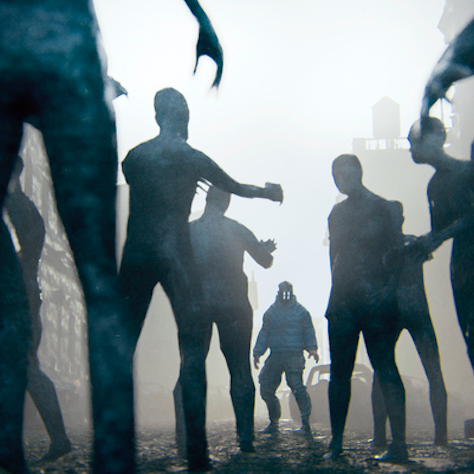
Projects
Contagion in Popular Culture
What do we know about emerging infectious diseases (EIDs)? That they originate in bats or monkeys? That the epicentres of outbreaks are often in the South or East, or in experimental labs? Who tends to respond to threats-run-amok: the military? government? the lone hero guiding a group of odd-ball survivors?
Project Team

Dr. Carolyn Prouse

Claudia Hirtenfelder
Undergraduate Contributors
Sara Abdella
Caitlin Hayes
Project Goals
Our goal is to create a series of pedagogical tools and resources that analyze contagion narratives in popular culture. We will add to the resource bank as we create more. If you are interested in contributing (with credit!) please get in touch – we would love to include your work!
Project Overview
Much of what we know, or think we know, about infectious disease and contagion comes from popular cultural artefacts such as movies, novels and music. As Neel Ahuja (2016) writes, artifacts such as films are situated at particular historical conjunctures: rather than revealing an ultimate truth to how contagion operates or how disease spreads, these artifacts instead reveal anxieties, apprehensions, and geographical imaginations of the contexts in which they are created. They also reproduce what we think we know about EIDs: where they from, who’s responsible, and who’s going to lead us out of disaster.
In this project, our team of faculty, graduate, and undergraduate students parse popular media – especially film – to analyze how contagion is represented, the kinds of geographical imaginaries they reproduce, and the anxieties they betray. We are particularly interested in the following kinds of narratives:
- geographical imaginaries of where and in whom disease originates
- infectious symptoms – such as zombification – as allegory for concerns over the racialized, classed, and gendered figure of the human
- the human/animal hierarchies at the root of disease and its imaginaries
- disease as science and civilization-run-amok
- urban back-to-nature narratives
- the experts who are positioned as best able to ‘save’ populations, including epidemiologists and military officers
Pedagogical Resources
Sample video here:
Project Funders
Catalyst Grant, Queen’s University